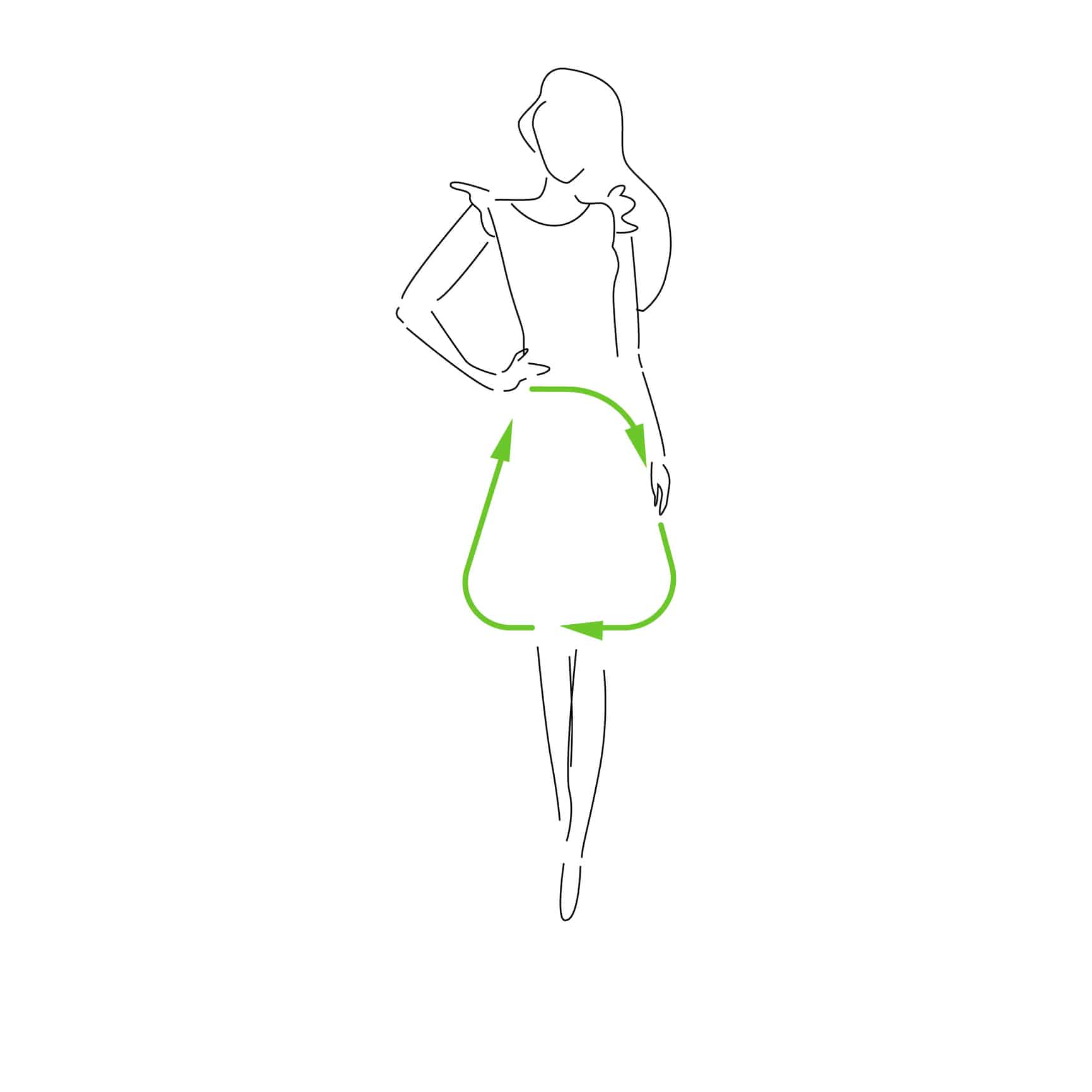Fabric dyeing in mills is one of the most critical stages of the textile manufacturing process, followed by the printing and finishing of the fabric. The mills utilize dyes and chemicals to colour the product. The chemicals and auxiliaries used in addition to the dyes enhance the dye absorbency, durability and will make sure the colour can withstand several usage applications.
The fabric dyeing process flow has three main elements known as pre-treatment, dyeing, and after treatment. And these three processes are common for all structures, compositions, and variations of textile materials.

The output of fabric dyeing is the input for the fabric finishing process. The dyed fabric is a wet and unfinished material, which should go through a defined mechanical setting process called fabric finishing, getting the defined specification of the material such as GSM, Stretch, recovery, fabric width, etc.
After the fabric finishing process, only the ready-to-cut material will be available technically, but that has to go through several inspections and tests to ensure the manufacturer has met the given specifications.

Fabric dyeing is the most environmentally harmful part of the entire textile manufacturing chain.
This operation consumes a large amount of water, dyes, chemicals, and energy. The process also emits several colourants, chemicals, heat, and polluted water to the environment. The industry requires a significant amount of effluent treatment to reduce its impact, but it continues to create a heavy impact on the environment.
Several new sustainable dyeing technologies are being introduced to the industry, such as dyeing with low water and low energy, natural dyeing process, and so on.

Fabric dyeing is a fundamental process in the textile manufacturing chain, which, when delivered, the coloured fabric is ready for the final mechanical finishing.
The process makes sure the required colour is achieved via chemical processing.
The dying process consumes large amounts of water, chemicals, and energy and creates several harmful substances to the environment.
Fabric dyeing has improved, with several new concepts and technologies introduced to reduce the environmental impact of the process and improve the industry’s sustainability. However, there is still quite a long way to go.
| Cookie | Duration | Description |
|---|---|---|
| cookielawinfo-checbox-analytics | 11 months | This cookie is set by GDPR Cookie Consent plugin. The cookie is used to store the user consent for the cookies in the category "Analytics". |
| cookielawinfo-checbox-functional | 11 months | The cookie is set by GDPR cookie consent to record the user consent for the cookies in the category "Functional". |
| cookielawinfo-checbox-others | 11 months | This cookie is set by GDPR Cookie Consent plugin. The cookie is used to store the user consent for the cookies in the category "Other. |
| cookielawinfo-checkbox-necessary | 11 months | This cookie is set by GDPR Cookie Consent plugin. The cookies is used to store the user consent for the cookies in the category "Necessary". |
| cookielawinfo-checkbox-performance | 11 months | This cookie is set by GDPR Cookie Consent plugin. The cookie is used to store the user consent for the cookies in the category "Performance". |
| viewed_cookie_policy | 11 months | The cookie is set by the GDPR Cookie Consent plugin and is used to store whether or not user has consented to the use of cookies. It does not store any personal data. |
Create your free account and begin your sustainability journey.

